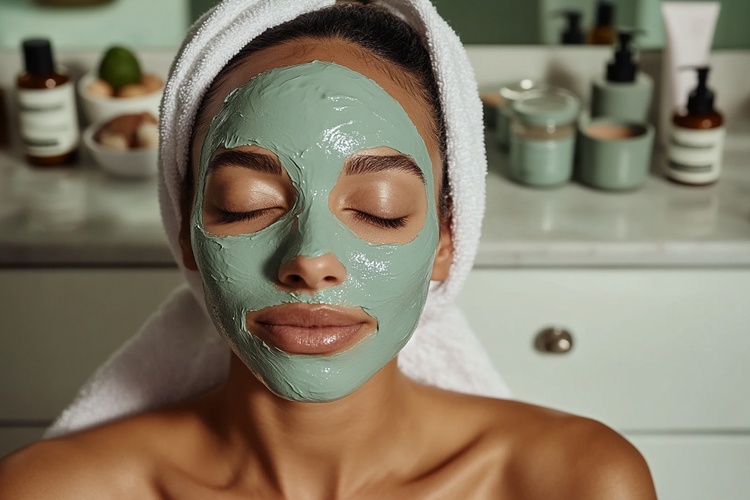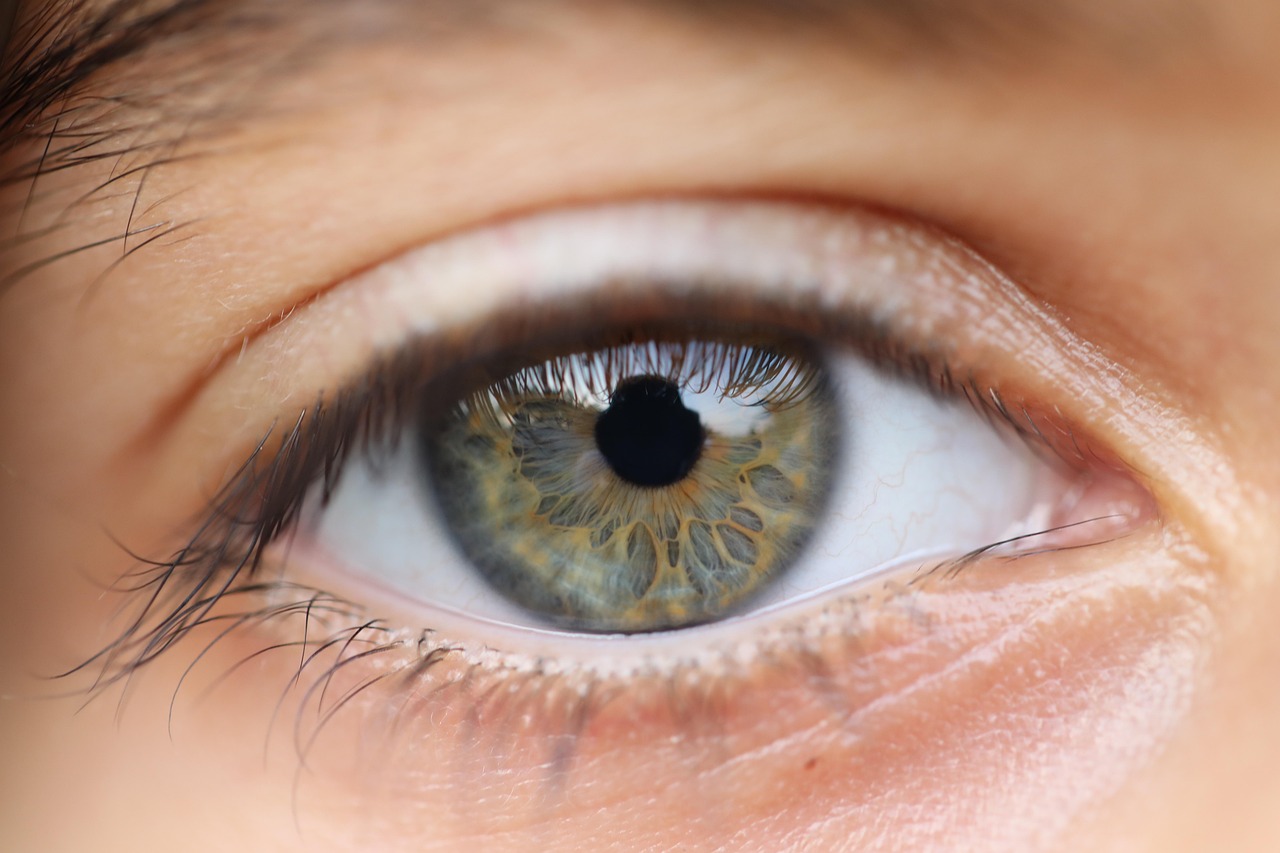Understanding Eye Bags: Causes, Impacts, and Remedies
The human body is a fascinating machine with the ability to express its internal condition through various external signs. One such manifestation is 'eye bags', a term often used to describe puffiness or swelling under the eyes. Although often linked to sleep deprivation or stress, the story behind eye bags is more complex than it appears. Understanding their causes, effects, and potential remedies can provide a valuable perspective on skin health and personal care.
The Historical Context of Eye Bags
Historically, eye bags were seen as a natural sign of aging. In older age, the tissues and muscles supporting your eyelids can weaken, causing the fat that helps support the eye to migrate into the lower eyelids, resulting in a puffy appearance. This theory was widely accepted until recent years when more factors contributing to eye bags have been identified.
The presence of eye bags is not a modern phenomenon. It can be traced back to ancient civilizations where remedies for eye bags were documented. For instance, the ancient Egyptians used a variety of substances such as crushed green malachite, a copper ore mineral, to reduce the appearance of puffiness around the eyes. Today, we have a much broader understanding of the causes, and a wider range of remedies available.
Current Understanding and Impact of Eye Bags
The current understanding of eye bags is that they are not merely a sign of aging or sleep deprivation. There can be various other factors at play such as genetics, allergies, and lifestyle habits. For instance, smoking and high salt intake can lead to fluid retention, which in turn can cause eye bags. Furthermore, people with a family history of eye bags are more likely to experience them at an early age.
The impact of eye bags goes beyond physical appearance. They can have psychological implications as well. Living in a world where physical appearance often plays a significant role in social interactions, eye bags can potentially affect self-esteem and confidence. For some, it can even lead to anxiety and depression.
Trends, Reception, and Potential Solutions
With the increasing emphasis on personal grooming and aesthetics, there is heightened awareness of eye bags and their impact. The beauty and skincare industry has responded by developing a wide range of products and treatments to combat eye bags. From eye creams, serums, and gels to non-surgical treatments such as radiofrequency and laser treatments, the options are numerous.
However, the reception to these solutions varies. While some people swear by the effectiveness of eye creams and serums, others find little to no improvement. Similarly, non-surgical treatments may provide immediate results, but they also come with potential risks and side effects.
Unique Insights into Eye Bags
Interestingly, not all cultures perceive eye bags negatively. In South Korea, for instance, a trend known as ‘aegyo sal’ or ‘eye smiles’ has gained popularity. It refers to the presence of puffy skin under the eyes, which is seen as a sign of youth and cuteness. In this context, eye bags are not seen as a problem but rather a desired feature.
This cultural difference sheds light on the subjective nature of beauty standards and the influence of societal perspectives on our perception of physical attributes. It also emphasizes the importance of understanding the underlying causes of eye bags rather than merely treating them as a cosmetic concern.
Balancing Depth and Accessibility
Understanding eye bags requires a balance between depth and accessibility. While it’s essential to delve into the scientific aspects of their causes and treatments, it’s equally important to present this information in an accessible manner.
Eye bags are a common concern that transcends age and gender boundaries. Therefore, the discourse around them should be inclusive and comprehensive. It’s crucial to emphasize not just the aesthetic aspect, but also the health implications, and to promote a holistic approach to skin and hair care.
In conclusion, the topic of eye bags is multifaceted, involving aspects of biology, genetics, lifestyle habits, psychological impacts, cultural trends, and beauty standards. It serves as a reminder of the intricate ways in which our external appearance can reflect our internal health and wellbeing. As we continue to explore this topic, it’s essential to adopt an open-minded and empathetic approach, fostering a culture of understanding and acceptance rather than judgment and stigma.





